Last Updated on May 22, 2023
The Inland Empire episode of Revisited was Written, Narrated, and Edited by Mike Conway, Produced by Lance Vlcek and John Fallon, and Executive Produced by Berge Garabedian.
What defines a horror movie? Traditionally, it’s a genre meant to scare and thrill the audience by way of tension and illicit our darkest fears. The most popular of these are ones treated like an amusement park ride. You hand in your money for price of admission and hope for nothing but the best the ride promises to offer. Slashers and jump scare fueled films have long dominated the box office and the very best of them have earned a well-deserved cult status. It’s a genre which can be likened to a comfort food for many of us gorehounds and recently there have been quite a resurgence to fill our bellies. But that’s not all horror has to offer. The term elevated horror has been thrown around quite a bit recently which removes the horror standard of jump scares and kills and replaces it in a more metaphorical sense to dig even deeper into our psyche to bring out our true fears. I bring this up because whenever you hear the name David Lynch, do you associate his name with horror? He has brought us classic upon classic with films like Blue Velvet, Twin Peaks, Lost Highway and even the underrated G rated Disney film The Straight Story. But when you really take a look into his more celebrated filmography like the masterpiece Mulholland Drive, it is a film which has all the qualities of elevated horror, but gets targeted as a mystery or thriller. Probably because the Academy sneers its nose at the genre. I mean, come on…Silence of the Lambs is clearly a horror movie.
But today’s subject is a different beast. It’s one that took a chance and the themes of Mulholland Drive and amped up the Lynchness to 11. Have you ever walked out on a film and asked the question “what the hell did I just watch?” Well, friends, I’m here to hopefully answer that question revisiting David Lynch’s Inland Empire (get it HERE).
Before I continue on, be warned this is full of spoilers where I will pretty much speak of the film’s major plot points all the way up to the ending.
“A Woman in Trouble.” That’s the tagline to the movie and pretty much the only thing Lynch answers when asked exactly what the movie is about. As with pretty much his entire filmography he provides the viewer with a surrealistic mind-bending experience which, more than likely, would require multiple viewings to fully understand. But Inland Empire? That’s on a whole different level.
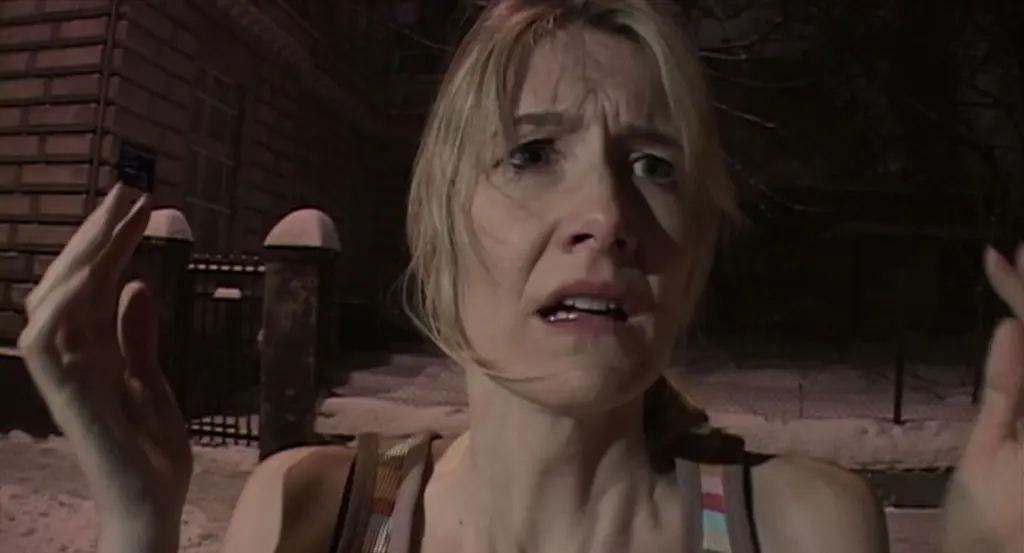
During its three-hour run-time, only about a third of it consists of a straight-forward story. Fading actress Nikki Grace gets the role of a lifetime in a film called On High in Blue Tomorrows alongside womanizing co-star Devon Berk. They soon learn the film is actually a secret remake of an unfinished Polish film called 47, which was abandoned due to the two leads being murdered. Eventually, the two actors begin an affair. However, Nikki’s world starts to blend with that of the film, making it difficult to distinguish what is and what isn’t real. And that, my friends, is where the coherent story ends. Let’s jump back to the beginning.
Inland Empire begins with a shot of an old vinyl playing a broadcast of Axxon N, the longest radio play in history. From there, we see a crying woman known as The Lost Girl watching an eerie sitcom about a family of rabbit people. These rabbits speak in sentences which don’t make sense and is accompanied by random laugh tracks and applause. We will come back to these two stories in a bit.
Back in the real world, an older and disoriented woman stumble onto Nikki’s doorsteps, introducing herself as a new neighbor. The two women begin to talk about the film Nikki auditioned for to which the woman replies she knows for a fact she scored the role. The woman then tells Nikki two stories. The first involves a young boy who opened a doorway to see the world, causing an evil reflection that follows him. The second is a variation of the tale about a girl who gets lost in an alley behind a marketplace. She hints that the movie Nikki auditioned for involves murder and if her husband, Piotrek, is involved in the production. As Nikki, and the audience for that matter, get increasingly confused by this woman’s comments, she adds she has trouble keeping up time. She then points across the room and tells her if it were tomorrow, Nikki would be sitting right there. The time then jumps to the next day when Nikki receives the phone call that she got the lead in the film. Meanwhile, her husband overlooks seemingly in anger. The two stories this woman tells could be chopped up as nonsense, but when we are dealing with Lynch, one would have to keep these pieces in mind for later.
Some time goes by and the film is underway. While on a talk show, Nikki learns her co-star Devon is a womanizer and the hosts asks if the two are going to have an affair with each other. One person who doesn’t take the joke lightly is Piotrek, who warns Billy there will dire consequences to his actions if he tries anything.
On the first day on set of the film On High in Blue Tomorrows during a table read, a disturbance is heard in the background of the set. Devon goes to investigate the noise, but nothing is found. It is here where the director tells the pair about the film being a remake, which in turn is based on a cursed Polish folktale. Later on, we see exactly what the disturbance was from the point of view of the intruder. The film then cuts to a frightened and distraught woman at a police station who says she was hypnotized by a man to kill someone with a screwdriver. That’s pretty much the gist of the scene, but again, we will come back to that in a bit, as it is relevant to the story. As the filming resumes, Nikki and Devon begin an actual affair and try hide it, even by calling themselves their character’s names, Billy and Sue. Talk about method acting. In an alley with a bag a groceries, Nikki sees a door with Axxon N marked on it. She enters and is now in the façade of a house from the film. She sees herself going over the script with her Devon and the director. On the other side of a window, her husband stares at Nikki, haunting her. The façade then changes into her character’s house in the suburbs and Nikki now has fully immersed herself as her character Sue. Still with me? Because this is where the nightmare and true horror of Inland Empire begins.
Over the course of the next two hours of this film, Lynch takes you through many settings through the essence of Nikki’s desperate soul. To dissect this film in its entirety could honestly take hours, but I would just like to point at the key moments which transpire. However, from here on to make things a little easier, I’ll refer Nikki and Devon to their character names.
When Sue first enters her character’s home, she is greeted by a troupe of prostitutes. They all speak of a certain man whom they have all shared at one point. Thinking they are talking about Billy, she tries to hide her eyes from them, but when she opens them again, she is now in 1930s Poland working as a prostitute. Meanwhile the Lost Girl from the beginning is watching this as if it were part of a TV show with the Axxon N radio play continuing to spin, acting as a portal between Sue and the Lost Girl. She transports back to the current time where she eventually speaks to a policeman about her troubled past and how her husband left for a traveling circus from Poland. She’s also worried about a man she refers to as The Phantom, a hypnotist from the circus who had disappeared. She leaves for Los Angeles to Billy’s mansion to profess her love for him. However, his wife Doris is there. The same woman who had claimed to be hypnotized to kill someone with a screwdriver.
Now on the streets of LA, Sue meets up with the prostitutes where she herself mockingly admits to being one herself. She then sees Doris, now dressed as she had from the interrogation scene earlier, coming after her. She escapes, but ultimately gets stabbed and slowly dies on Hollywood Boulevard amongst the homeless.
Suddenly, we hear “cut” from the director as the camera pulls back, revealing it to be the final scene of On High in Blue Tomorrows. Sue, now Nikki, is confused to what is going on and wanders off onto the Paramount lot. However, she sees a camera is still lingering on her as if she is continuing to be cursed to live a repeating nightmare. In an alley, she sees the Axxon N doorway leading back to Sue’s home where she grabs a gun. In the distance, The Phantom stalks her and approaches her as she reaches a door labeled 47. She fires at The Phantom, causing his face to morph into the most goddamn horrifying image that will stick with you. Watching this all transpire in real-time; The Lost Girl sees Nikki enter her room. The two share a kiss and Nikki disappears. This finally frees The Lost Girl from the locked room where she sees her husband, Smithy and their son. The curse continues.
Like Lost Highway and especially Mulholland Drive, Inland Empire takes a complete 180 from reality and enters a realm where everything at first glance feels like every possible bizarre idea was thrown at the wall to see what sticks. Since the film’s release in 2006, there have been countless articles, essays and videos on people’s theories on exactly what this film is. But the beauty of it is, there is no right or wrong opinion. And honestly, my thoughts vary every now and then.
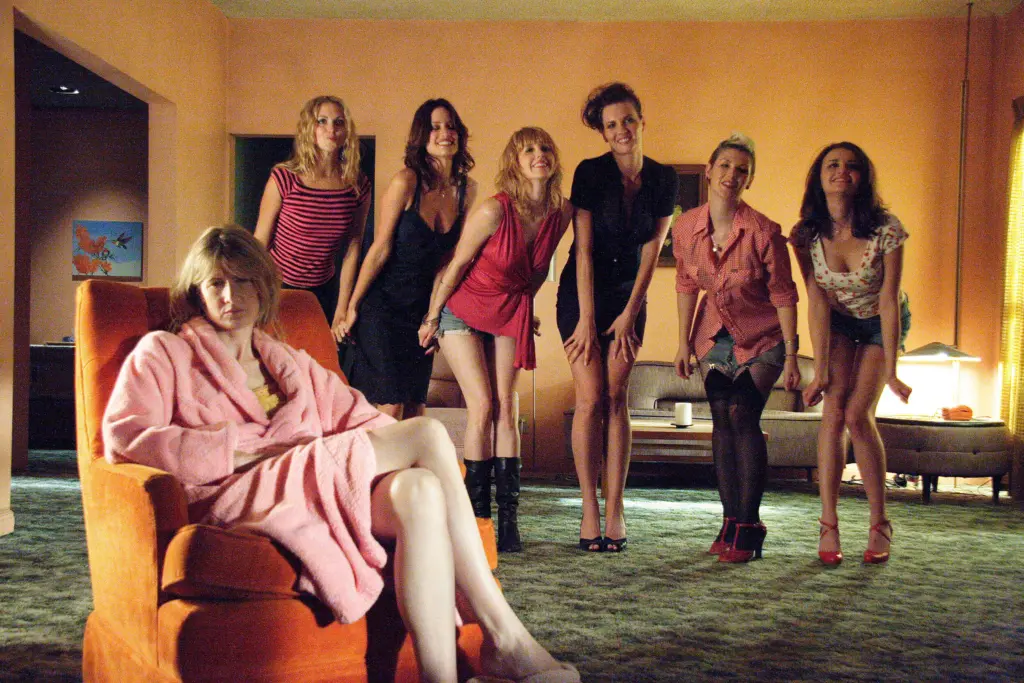
On one hand, you could interpret everything which occurred after the strange neighbor in the beginning all in Nikki’s head. Both of the brief stories she tells are reflections of the events of the final two hours. Nikki places herself in the shoes of the characters in her neighbor’s stories and envisions what would happen if she actually took the role. But that’s too easy of a conclusion.
Another is to look at the film as a metaphor on the lengths method actors will go for the sake of art. Such great lengths that they could easily be lost in the role. Not to the extent of Laura Dern’s character, of course. The Lost Girl represents us, the audience watching these actors fully transforming into their roles right before our eyes. The power of cinema is that it can take you on a journey from a world you don’t feel like yourself in to a better place where for over the course of a couple hours, you are that very character as well. It’s an escapism that can have such an impact on you, that it can help you rethink the way you look at the world.
Finally, you can look at it just the way it is. There is indeed a curse where multiple people are reliving a nightmare over and over in different versions of themselves. The Rabbits are deities who act like they are helping The Phantom, but are actually trying to destroy him to rid the curse once and for all. Throughout the film, they transform into real people who give clues and guides Nikki to find The Phantom without her even knowing it. After she finally kills him, she enters and emptied room where the Rabbits were, only now instead of a laugh track, she is greeted with applause.
Maybe it’s all three. Or maybe it’s just simply about a woman in trouble.
If this is indeed Lynch’s final theatrical film, then I’d say he went out with his horrifying version of Sunset Boulevard. Even amongst the more hardcore David Lynch fans, Inland Empire has polarizing responses. But as for me, it’s one that I always come back to analyze the most. It’s not a masterpiece like Mulholland Drive, but it’s pretty damn close. And that’s why I’m giving this film a 9 out of 10.
What are YOUR thoughts or interpretations of Inland Empire? Let us know in the comments and we will see you again for the next one.
Two previous episodes of Revisited can be seen below. To see more of our shows, head over to the JoBlo Horror Originals channel – and subscribe while you’re at it!








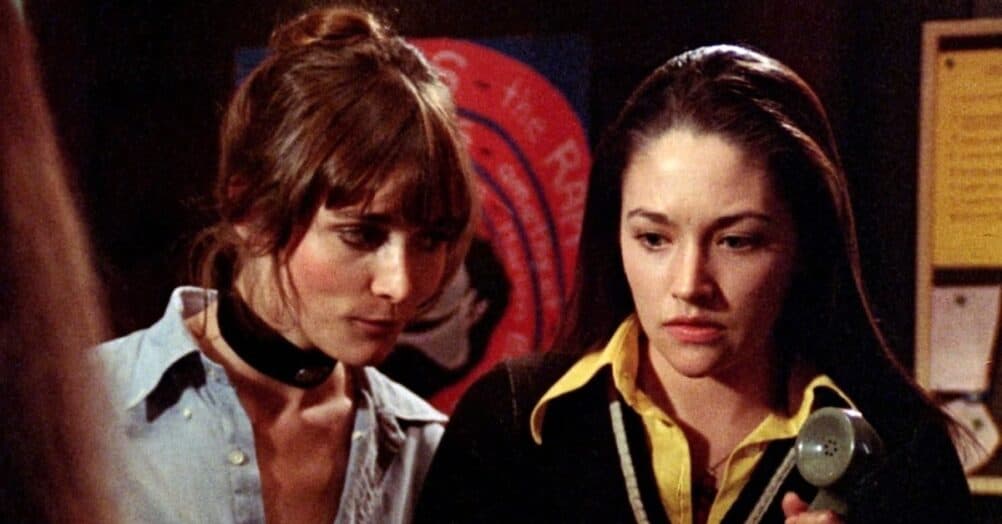





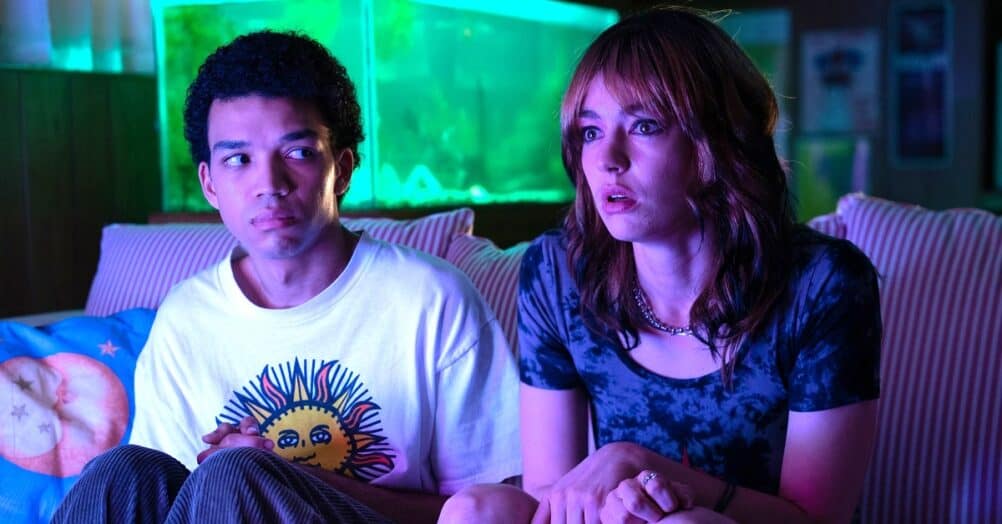


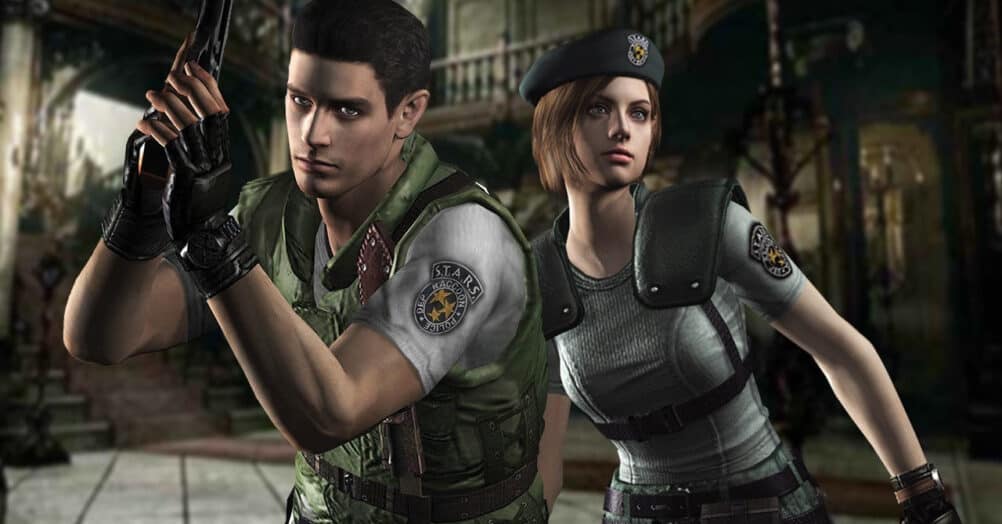
Follow the JOBLO MOVIE NETWORK
Follow us on YOUTUBE
Follow ARROW IN THE HEAD
Follow AITH on YOUTUBE